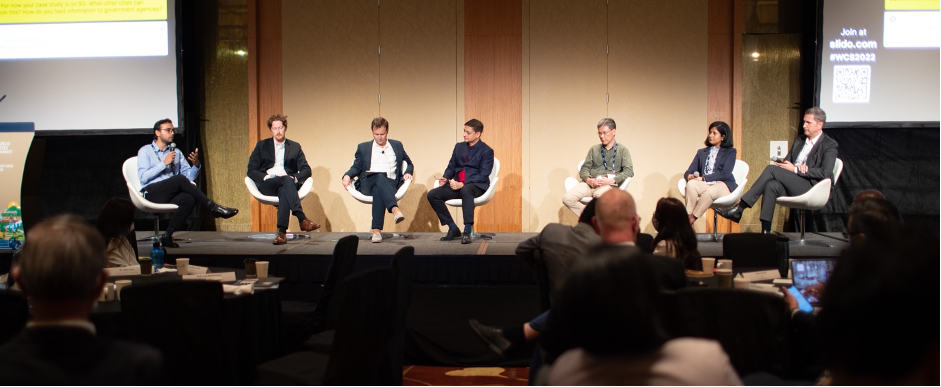The resilience of a road network refers to its ability to bounce back to the desired level of serviceability after a disruption. After an accident, a more resilient transportation network can restore the flow of traffic faster than a less-resilient network. At the WCS Science of Cities Symposium, researchers from MIE-lab presented the preliminary findings from their recent research in which they used incidence clearance duration as a proxy for road network resilience. Does scale matter while modelling incidence clearance time? Should we use uniform or heterogeneous grids while modelling incidence clearance time? Questions like these and several others were addressed using real incident and congestion data from road networks in Singapore. Their findings reveal that incidence clearance duration is better modelled by splitting the road network into connected regions of similar topology. The notions of connected regions and urban topologies have a special place in urban road network planning because, on one hand, connected regions of similar topologies allow for the spread of traffic congestion, whereas on the other hand, these present an opportunity to share accident clearance resources within the connected region. The abstract proceedings can be found here. Look out for their upcoming pre-print!
